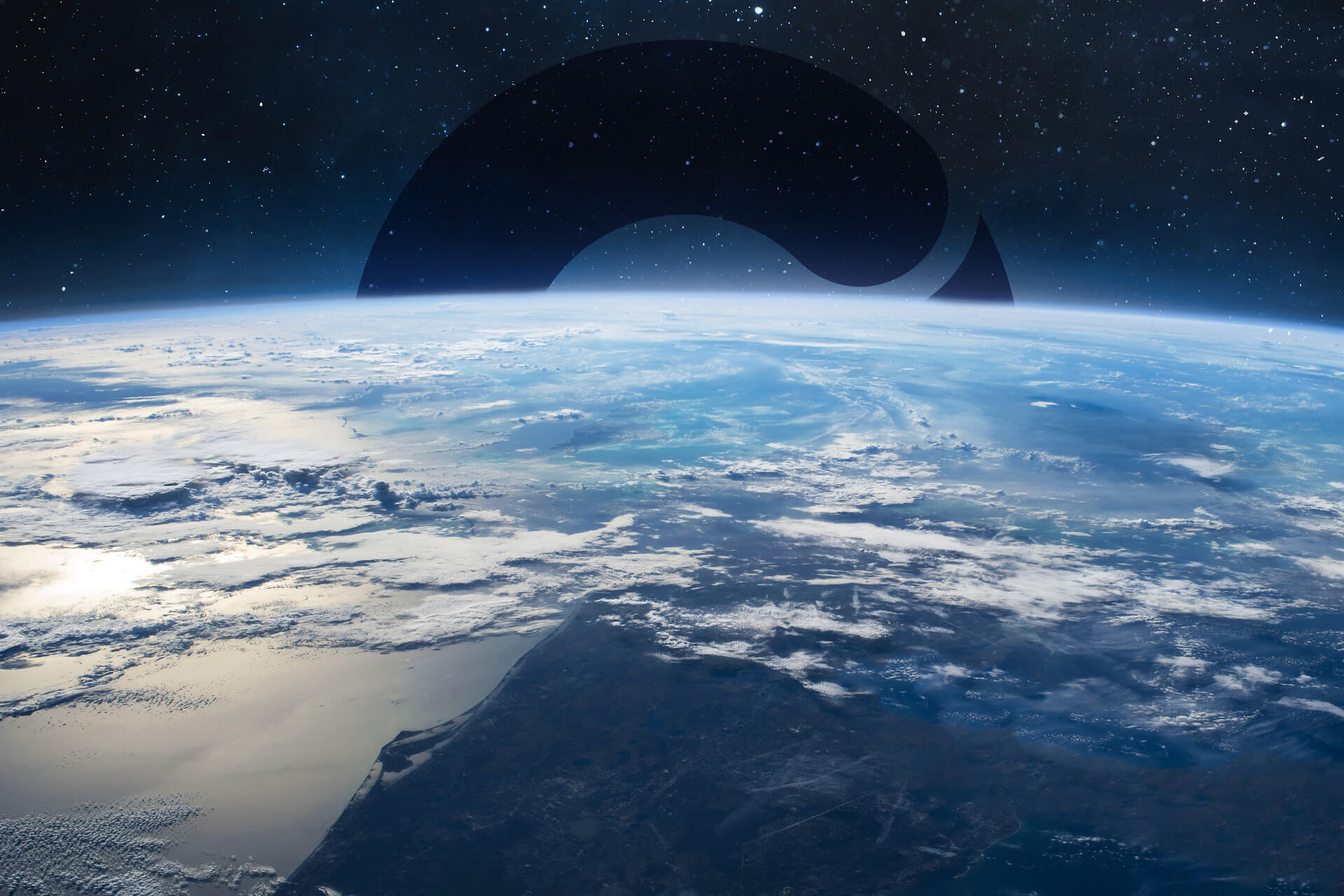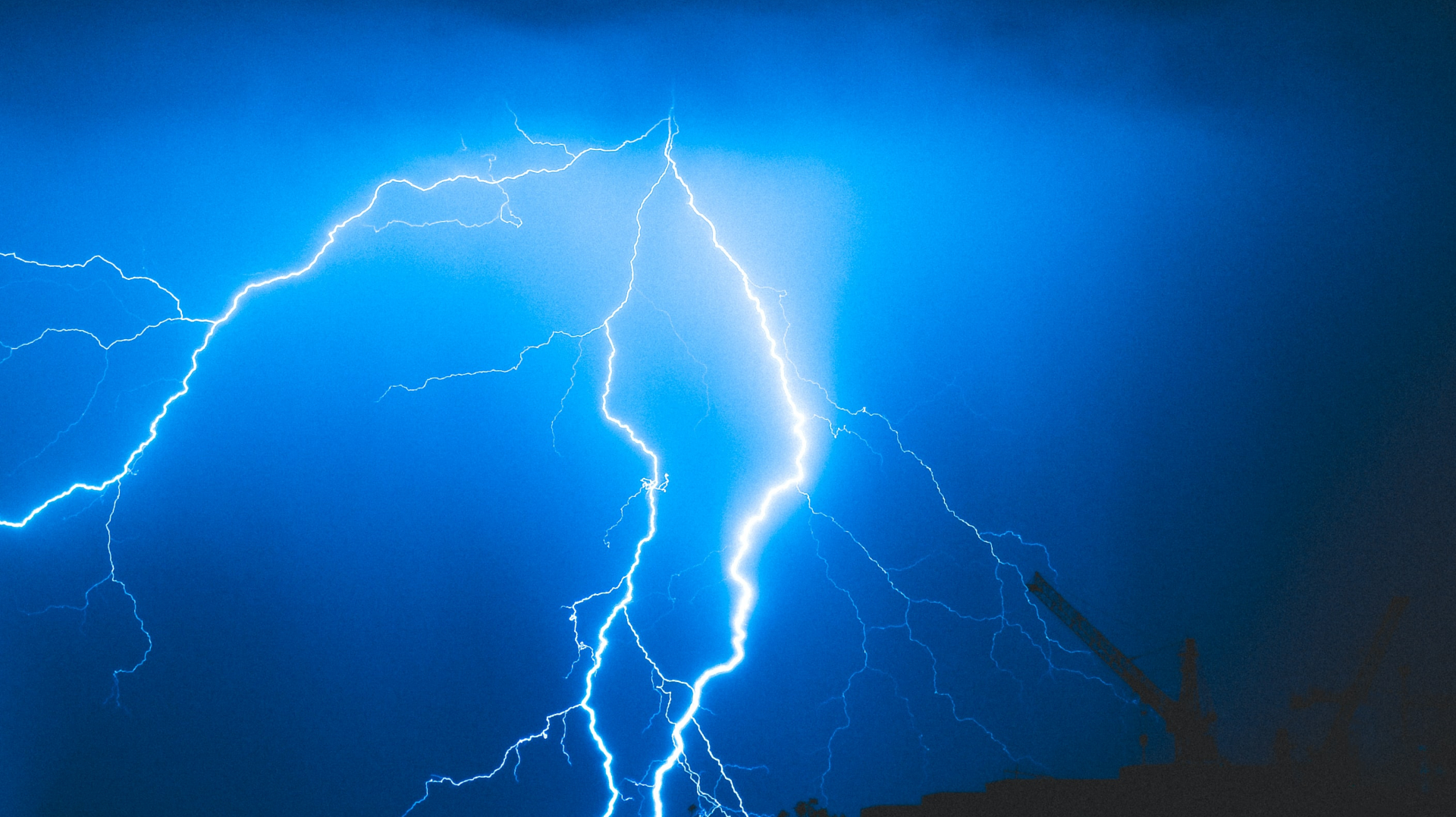
What are the Different Layers of the Atmosphere?
July 23, 2019 - Emily Newton
Revolutionized is reader-supported. When you buy through links on our site, we may earn an affiliate commision. Learn more here.
When you look up at the sky, what do you see? Clouds, airplanes and the sun during the day and stars and satellites at night, right? When you’re staring up, it might look like a straight shot up into outer space, but the atmosphere that surrounds our planet exists in layers like an onion. Let’s take a closer look at the layers of the atmosphere and how many of them you have to clear before you’re in outer space.
The Air You Breathe — Troposphere
Walk outside and take a deep breath. Fly a kite. Go parasailing or paragliding. As long as you’re not more than 10 kilometers (6.2 miles) up, you’re in what is known as the troposphere. This is where most of the atmosphere’s mass sits — roughly 75-80% of our atmosphere is down here on the surface with us. This is also where all the weather happens — you won’t find thunderstorms or rain anywhere but in the troposphere.
The height of the troposphere varies depending on its latitude and the local season — near the equator, it can be as high as 20 kilometers (12 miles) while over the poles it can be as low as 7 kilometers (4 miles).
Air Traffic Control — Stratosphere
Next up (pun intended) is the stratosphere. If you’ve ever flown on a commercial airliner, you have visited the lower stratosphere. This layer of the atmosphere sits on top of the troposphere and reaches up to 50 kilometers (31 miles) high. This is where the ozone layer sits. Commercial airliners fly here because the thinner air provides a smoother ride for passengers.
The stratosphere is a little strange, because it actually gets warmer the higher you get, thanks to the ozone layer that protects our planet by converting UV energy from the sun into heat.
Ice, Ice Baby — Mesosphere
Above the stratosphere is the mesosphere, the coldest part of the planet’s atmosphere. Starting at the top of the stratosphere and reaching more than 85 kilometers (53 miles) above the Earth’s surface, the mesosphere drops down to -90 C (-130 F) at its peak.
Of the layers of the atmosphere, the mesosphere is the one we know the least about. We simply can’t get there — satellites are above it, and the atmosphere is too thin to support jets or weather balloons. What we do know is that this layer is where most meteors burn up when they enter the atmosphere. It’s also home to noctilucent clouds similar to those recently observed on Mars.
The mesosphere, or more specifically the mesopause between the stratosphere and mesosphere, is home to what’s known as the Karman Line — which you have to cross to leave the atmosphere and make it into outer space. Once spacecraft fall below the Karman Line, they can’t usually escape the atmosphere again and tend to burn up.

Space Station, Ahoy — Thermosphere
It can get surprisingly hot in the next layer of the atmosphere — the thermosphere — because the air is very thin. Even though you’re above the Karmen Line and technically in outer space, you’re still inside the second-highest layer of the atmosphere. There is some intense heat here, reaching temperatures up to 1,500 C (2,372 F) in the sun. While the planet’s magnetosphere will protect you from the majority of solar radiation, it doesn’t protect you from the heat.
The thermosphere is also one of the most substantial layers of the atmosphere, reaching from the top of the mesosphere at 85 kilometers (53 miles) to anywhere between 500 and 1000 kilometers (311-621 miles) above the surface. This is also where the International Space Station sits in its low Earth orbit, and where auroras occur.
Bye Bye, Birdie — Exosphere
If you think of the atmosphere as a bubble, the exosphere is its outer skin. It’s not solid, though — sitting more than 1,000 kilometers above the planet’s surface. This is where atoms and molecules start to bleed off into space. The air there is so thin that you can’t even really call it air — just scattered molecules.
To Infinity and Beyond the Exosphere
If you’re dreaming of becoming an astronaut and traveling to the International Space Station, know that while you’re technically in outer space on the ISS, you haven’t left the atmosphere yet. We won’t start leaving our atmosphere again until we head to the Moon, Mars and beyond. The next time you look up into a clear blue sky or admire the stars at night, remember that Earth’s atmosphere, like an onion or an ogre, has layers.
Revolutionized is reader-supported. When you buy through links on our site, we may earn an affiliate commision. Learn more here.
Author
Emily Newton
Emily Newton is a technology and industrial journalist and the Editor in Chief of Revolutionized. She manages the sites publishing schedule, SEO optimization and content strategy. Emily enjoys writing and researching articles about how technology is changing every industry. When she isn't working, Emily enjoys playing video games or curling up with a good book.




